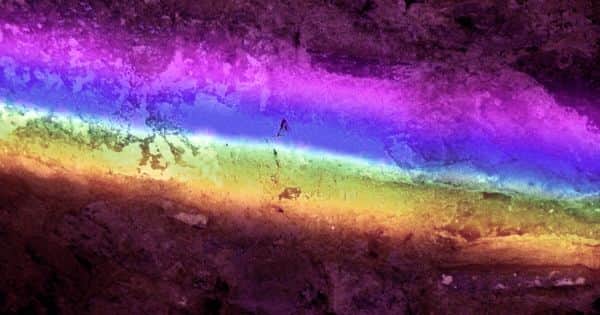Technology Enables Cameras to capture colors that are not capable to perceive
Scientists from Tel Aviv University have improved the work of cameras – now they recognize colors inaccessible to the human eye. The technology allows cameras to recognize colors that the human eye and even ordinary cameras cannot perceive.
The technology makes it possible to image gases and substances such as hydrogen, carbon, and sodium, each of which has a unique color in the infrared spectrum, as well as biological compounds that are found in nature but are “invisible” to the naked eye or ordinary cameras. As noted by scientists, the technology has groundbreaking applications in various fields from computer gaming and photography and the disciplines of security, medicine, and astronomy.
New technology enables cameras to capture colors that are not capable to perceive means invisible to the human eye. This technology may apply in various fields of security, medicine, and astronomy.
The study was conducted by Dr. Michael Mrayen, Yoni Ehrlich, Dr. Assaf Levanon, and Prof. Haim Zuchowski from the Department of Condensed Matter Physics, Tel Aviv University (TAU).
“The human eye picks up photons at wavelengths between 400 nanometers and 700 nanometers — between the wavelengths of blue and red,” explains Dr. Mrejen. “But that’s only a tiny part of the electromagnetic spectrum, which also includes radio waves, microwaves, X-rays, and more. Below 400 nanometers there is ultraviolet or UV radiation, and above 700 nanometers there is infrared radiation, which itself is divided into near-, mid- and far-infrared.
“In each of these parts of the electromagnetic spectrum, there is a great deal of information on materials encoded as ‘colors’ that has until now been hidden from view.”
The researchers clarify that colors in these components of the spectrum are of nice significance since many supplies have a singular signature expressed as a color, particularly within the mid-infrared vary. For instance, most cancers cells could possibly be simply detected as they have a better focus of molecules of a sure kind.
But in their study, TAU researchers were able to develop cheap and efficient technology that could mount on a standard camera and allows, for the first time, the conversion of photons of light from the entire mid-infrared region to the visible region, at frequencies that the human eye and the standard camera can pick up.
“We humans can see between red and blue. If we could see in the infrared realm, we would see that elements like hydrogen, carbon, and sodium have a unique color,” explains Prof. Zuchowski. “So an environmental monitoring satellite could ‘see’ a pollutant being emitted from a plant, or a spy satellite would see where explosives or uranium are being hidden. In addition, since every object emits heat in the infrared, all this information could be seen even at night.”
Current infrared detection applied sciences are costly and largely unable to render these “colors.” In medical imaging, experiments have been carried out by which infrared photographs are transformed into seen gentle to determine the most cancers cells by the molecules. Thus far, this conversion required very subtle and costly cameras, which weren’t essentially accessible for basic use.
















